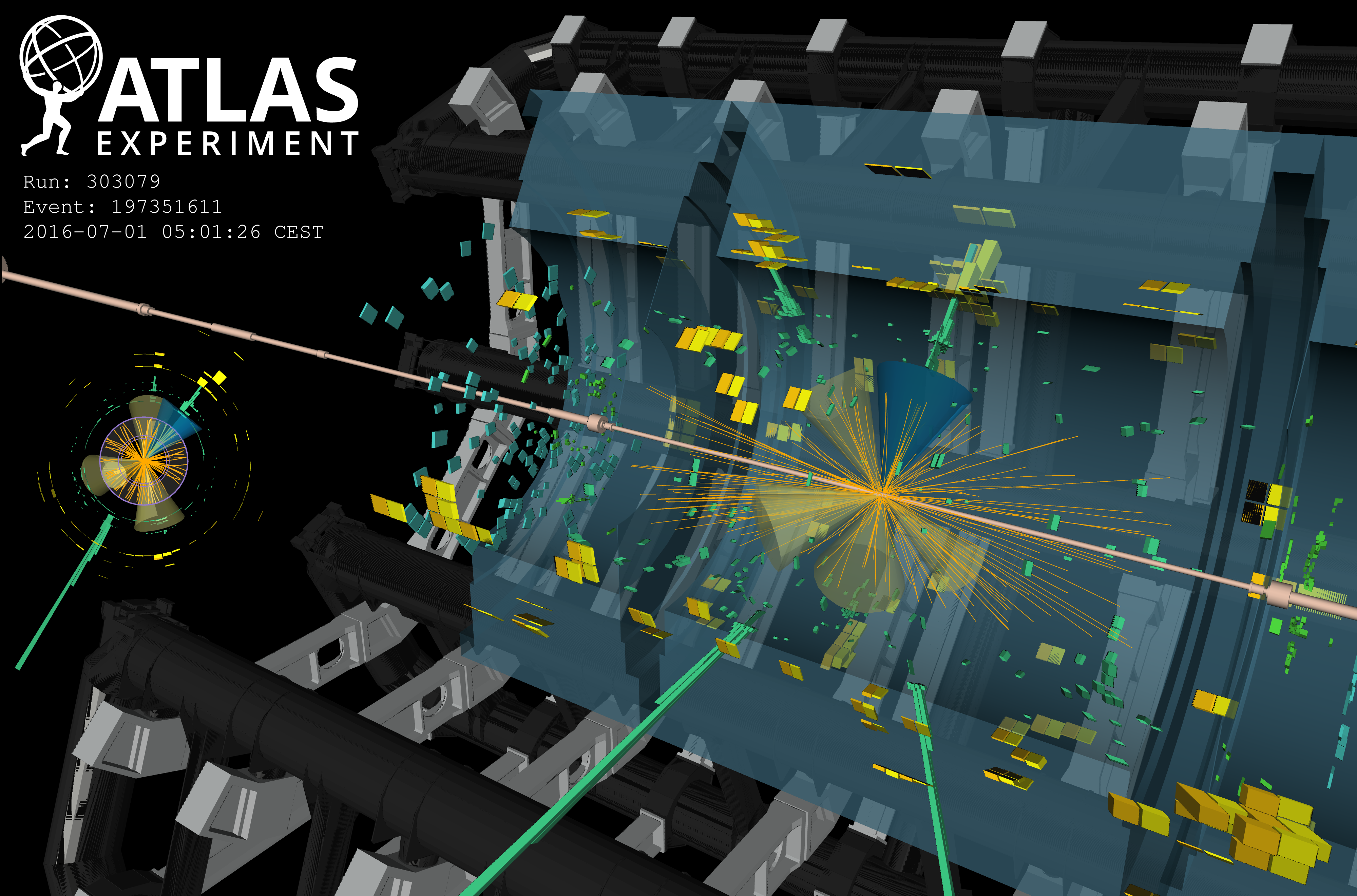There are many open questions about the Standard Model of particle physics (SM), which is currently the best description we have of the world of particle physics. Experimental and theoretical physicists vie with one another in a healthy competition to scrutinise the SM and identify parts of it that require further explanation, beyond the model’s well-known shortcomings, such as neutrino masses. Experiments carried out at the LHC and other facilities at CERN can detect specific signatures where data deviates slightly from theoretical predictions. It is crucial to continue to explore whether such potential deviations could either reveal new physics or be explained by the SM.
To distinguish the signal from the background in an experiment, theoretical physicists need to calculate all complex processes with extreme precision. This involves examining fine details, including observable quantities such as the number of events or kinematic details of a specific process that could unveil the footprint of an as-yet-unknown phenomenon. Such calculations improve, for instance, the accuracy of the mass measurements of the W boson and the top quark, as well as the strong coupling constant. The strong force and its coupling are the least well known of all in the SM, yet they govern almost every process at the LHC. In addition, precision calculations help to develop new techniques to describe scattering processes and how to simulate them efficiently.
These calculations were already challenging during the LEP era, but the LHC took them to a new level, leading to an explosion in computational complexity and thus the need for new methods to calculate scattering processes.
Various aspects of precision calculations have become essential for data analysis at modern experiments: for example, they are needed for the computation of complex scattering amplitudes describing the final state immediately after a collision, such as the production of three particles after the collision of two protons. One prominent example is associated Higgs-boson production, specifically with two top quarks. Due to the many possible production mechanisms and final states, new physics can enter in many different ways. Theoretical physicists must therefore calculate each production mode to a high accuracy.
Computing scattering amplitudes is only one small piece of the wider field of precision calculations. Another is Monte Carlo event generators. These calculations aim to describe all stages of the scattering process, from the few particles produced in the collision to the hundreds of particles observed in the detector. At each stage, the underlying physics is interpreted probabilistically and simulated with Monte Carlo methods, which are essential for simulations that can be adopted by experiments as a robust control over systematic uncertainties in their analyses. One crucial example is the vector-boson fusion, where two quarks scatter and exchange a weak boson that creates a Higgs boson, among other particles. Computing this process with a Monte Carlo generator is a very complex but important task, as new physics can potentially hide in details of the final state.
“A few decades ago, this was not possible. Now, our ability to describe the data with up to 5% accuracy or better showcases the power of first-principle calculations and their ability to precisely reflect the complexity of a hadron collider environment, such as the LHC. I am really looking forward to what the era of the High-Luminosity LHC and future colliders will bring,” says Pier Monni, a theoretical physicist at CERN.

